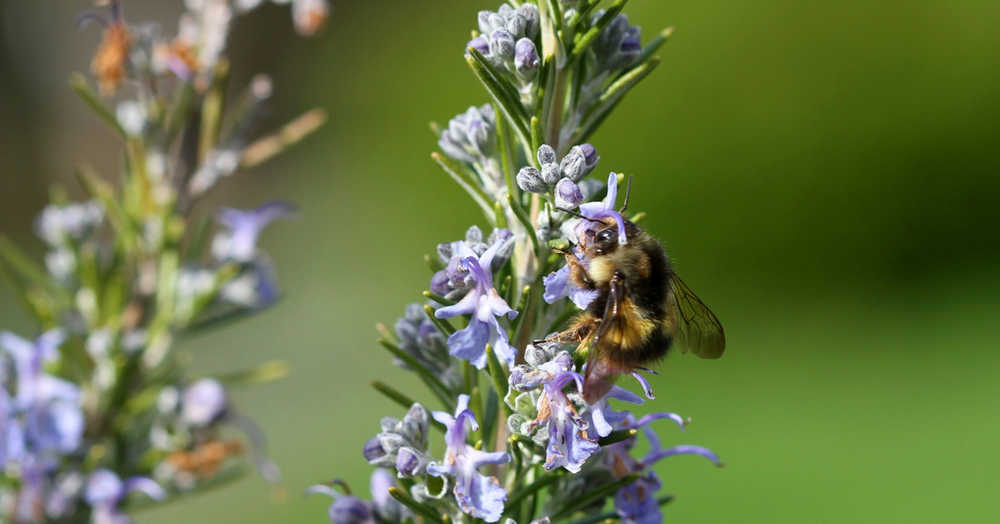The dramatic loss of honeybees to changing land use, viruses and pesticides is alarming, and they are irreplaceable as pollinators. But you can somewhat offset their loss by attracting alternative pollinators, such as beetles, butterflies and moths, dragonflies, feral bees, wasps and flower flies.
Attracting these beneficial insects requires a long-term landscaping commitment, however. They need a wide variety of forage plants along with protected nesting sites to thrive.
“The plant community and the bee community are intimately related,” said David Gordon, an associate professor of entomology at Pittsburg State University in Pittsburg, Kansas. “Habitat is everything to pollinators.”
Start by observing, protecting and enhancing what’s already on your property.
“Know what’s out there in the way of beneficial insects and forage plants,” Gordon said. “If you have some bees present, you can generally increase their numbers by providing them the resources they need to proliferate.
“The smaller the size of your operation, the more likely that such a strategy will be successful and in a shorter time,” he said.
Eric Mader, assistant director of The Xerces Society’s pollinator program and lead author of its new guide, “Farming With Native Beneficial Insects” (Storey Publishing), says, “Honeybees always will be needed for almonds and larger, industrial-size agriculture crops.”
“They’ll always be part of the equation. But for many crops native to the United States, like blueberries and pumpkins, that evolved prior to the introduction of (European) honeybees, native bees do a perfectly adequate job pollinating these plants,” he said.
Syrphid flies are a good honeybee alternative. “These so-called ‘flower flies’ superficially resemble bees,” Mader said. “They’re predatory insects as larvae, primarily feeding on aphids. Then they become important pollinators as adults.
“The next most important are solitary wasps,” he said. “These are docile, gentle animals. They can be very small.”
Crop-pollinating native bees and other beneficial insects have three basic habitat needs, according to the U.S. Department of Agriculture:
— Plant variety. Provide forage plants with overlapping blooming times so that flowers are available to provide pollen and nectar throughout the insects’ flight season, or from early spring until late fall. Native bees and other pollinators come in many sizes, so it also is important to provide flowers of various sizes, shapes and colors, the USDA said in a fact sheet.
— Nesting sites. Many bees nest underground, in tree cavities or snags — often clumps of leaves, branches and fallen grass. “That makes them vulnerable to deep soil tillage or tree removal,” the agency said.
— Protection from indiscriminate pesticide use. “Insecticides are primarily broad-spectrum and are therefore deadly to bees. Herbicide use also can remove many of the flowers that bees need for food,” the USDA said.
“The goal should not be to eliminate your use of honeybees but to diversify and reduce your dependence upon them,” Gordon said.
Online:
For an exhaustive list of plants attractive to native bees and other pollinators, see this USDA fact sheet: http://www.ars.usda.gov/research/docs.htm?docid=12052

